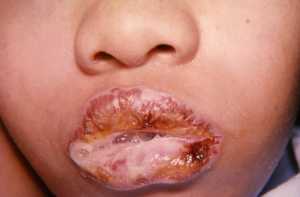Author Interviews, Dermatology, Melanoma, Technology / 17.06.2020
Melanoma: Bioresorbable Skin Patch Developed to Deliver Prolonged Local Chemotherapy
MedicalResearch.com Interview with:
Chi Hwan Lee PhD
Assistant Professor of Biomedical Engineering and Mechanical Engineering,
and by Courtesy, of Materials Engineering, and Speech, Language, & Hearing Sciences
Purdue University
MedicalResearch.com: What is the background for this study?
Response: Conventional melanoma therapies, including chemotherapy and radiotherapy, suffer from the toxicity and side effects of repeated treatments due to the aggressive and recurrent nature of melanoma cells. Less-invasive topical chemotherapies by utilizing miniaturized polymeric microneedles are emerged as an alternative, but the sustained, long-lasting release of drug cargos remains challenged due to the rapidly dissolving behavior of polymers (typically, within 15 min-2 hrs). In addition, the size of the microneedles is still large for small, curvilinear and sensitive areas of tissues such as cornea (for ocular melanoma).
(more…)




